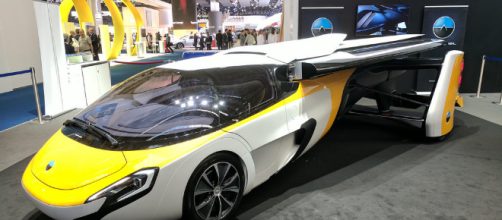On November 9 this year the company Uber revealed they had a partnership with NASA to develop flying taxis and a low-altitude air traffic control system, according to Reuters. Uber said the new vehicles would be economical. The program is called UberAir. Los Angeles, as well as Fort Worth (Texas) and the Emirate of Dubai, will be part of this program.
First flights in less than three years
The company says their partnership with NASA for this project could help them achieve their goal of launching UberAir flights in several US cities by 2020. The flying cars will be piloted by people first, but Uber wants them to fly on autopilot in the future.
Uber wants to explore other opportunities for partnership with NASA. This partnership will play an important role in opening up new air mobility markets.
The first demonstration flights are scheduled to take place in 2020. The move to the commercial stage of this project could happen in 2023.
Taxis could fly on automatic pilot
Matthew Wing, a representative of the company said the new flying cars will initially be piloted by people, but they could become automated in the future. The company said they want to launch a network of small electric vehicles in several cities around the world to allow people to share flights in densely populated urban areas. This plan is part of their project named Elevate.
For example, a flight with UberAir between Los Angeles Airport and the Staples Center showroom would take 27 minutes, three times less than by car, as they promise.
The company says these Vertical Landing and Take-off Vehicles (VTOL) are different from helicopters because they are much quieter, safer, more affordable and more environmentally friendly. These flying cars could take off, land and recharge on a network of "vertiports" (vertical ports) that will be placed on landing areas on the buildings which are currently made for helicopter or on unused lands around the exits of the highways.
Uber's flying taxi advertisement
Uber broadcast a video where a user can be seen ordering an UberAir taxi from her phone.
Then the passenger climbs to the top floor of a building to reach to the Uber Skyport. Then the woman scans her phone to climb into the vehicle. The flying taxi looks like a hybrid between a helicopter and a drone.
Pascal Pincemin, an associated of the company Deloitte, said at the Bourget Air Show in France that he does not believe these autonomous taxis will become commonplace before 2050 because their reliability will need to be proven first.


